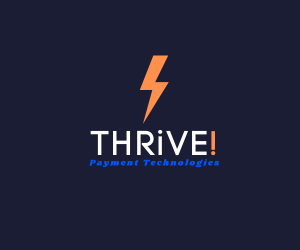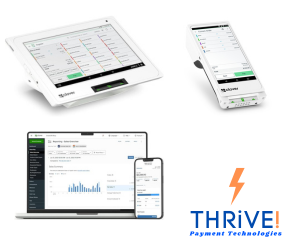What type of advertising is right for my business?
9 considerations for your marketing campaign design

Many business owners and marketing managers struggle with knowing the best way to invest in advertising. After all, every dollar for new or existing business matters. No one wants to see their hard-earned money squandered or wasted on advertising that is ineffective. That's why knowing the right places to reach your audience is so important. To maximize your dollars set aside for marketing (we recommend around10% of revenue), we recommend a couple of steps before you just start throwing ads up and hoping it sticks.
1) Know who you are.
You can't be everything to everyone and let's face it you're not the best at everything. You need to know your strengths as a company, product, or service and focus on doing what you do best. This is going to set you apart in the marketplace and build trust between you and your potential customers. Knowing who you are helps you build an authentic brand, true to your vision and values, and attracts clients with a similar values. By clearly articulating who you are and your unique value proposition, your business is going to grow and when you do advertise, your message will come across as clear and authentic.
2) Know who your customers are.
Once you know who you are, and what you do best, you'll better be able to know who you are trying to reach. We recommend creating buyer personas who represent your ideal customer. What age are they, what do they like, what do they do for a living, and how much income do they have? Defining some of these basic characteristics will help you in crafting content and copy that speaks to their needs and desires.
3) Messaging, messaging, messaging.
Before throwing up ads, lay out what message you want your customer to hear and remember. Keep in mind, that people are hearing hundreds of marketing messages across TV, radio, social, news, and more every day. You need to be thoughtful and intentional about crafting the right message that cuts through the clutter and resonates with your audience.
4) Determine the best places to reach your customers.
Now that you've defined who you are, who your customers are, and the message you want to get across that will distinguish you in the marketplace, it's time to determine through research and best practices, where your customer spend their time. Do they watch TV? If so, what programs? If you're a home and garden product or service, buying targeted TV ads on HGTV may make sense. However, if you're selling coffee to millennials, perhaps a social media platform may be the best way to reach this demographic.
5) Multiple touch points
Remember, it takes on average at least seven touches before the average person takes notice of who you are. Just because someone sees your ad once, doesn't necessarily mean they are immediately going to convert. Think of your marketing efforts in 4 phases: Awareness, consideration, intent, and decision. Awareness could include blogging and educating, maybe a seminar, perhaps a digital billboard, or targeted TV. Consideration may include white papers, consistent email, high-quality web content, and video creation. Intent could include a strong landing page with a call to action. The decision phase includes having a strong e-commerce site or retail location that makes it easy for a client to purchase.
6) Media Mix
Since you don't know what platform is going to bring the biggest return on investment for your marketing dollars, we recommend a media mix. This could include social, email, SEO, SEM, TV, and more because it takes multiple touches to convert a client. Additionally, with the four phases of marketing, we discussed, each channel of marketing can play a different role in getting your customer to the decision point of purchase. This is why the first five steps we've discussed in this post so far are important in getting us to this place because once you know you, your audience and your messaging, consistent multi-channel marketing will bring your clients to the place of conversion.
7) Long-term play
After 30 days of ads, don't shut everything down because you're not getting the results you want. Instead, test multiple variations of your ads, adjust the copy, adjust your images, and video, and test new options.
8) Optimize
Once you determine what ad variation is performing best, invest in it and focus on repeat exposure for your brand leading clients to make a decision that your brand, product, or service is superior to your competitors.
9) Repeat.
Thoughts? Would love to hear from you.
As always drop us a note here and let us know what is and isn't working in your
company's marketing efforts.
















